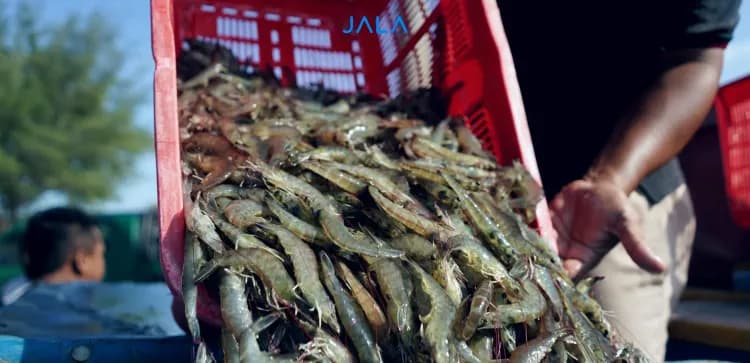
Shrimp remains one of Indonesia’s main export commodities. In 2024, Indonesia’s performance as a shrimp remained in fourth place, just like in 2023.
What factors determine Indonesia’s position in the global shrimp export competition map? Find out more in this article.
Contents
Related ArticlesBrief Overview of the Global Shrimp Industry in 2024
The image above shows the global shrimp industry condition in 2024. The top ranking is still held by Ecuador with the total shrimp export of 1,211,624 tons, followed by India with 733,148 tons, and Vietnam with 239,714 tons. Indonesia ranks fourth with a total export of 202,464 tons.
Login to Read the Full Article
Use your Jala account to read this article. If you don't have an account, please register on Jala App.





